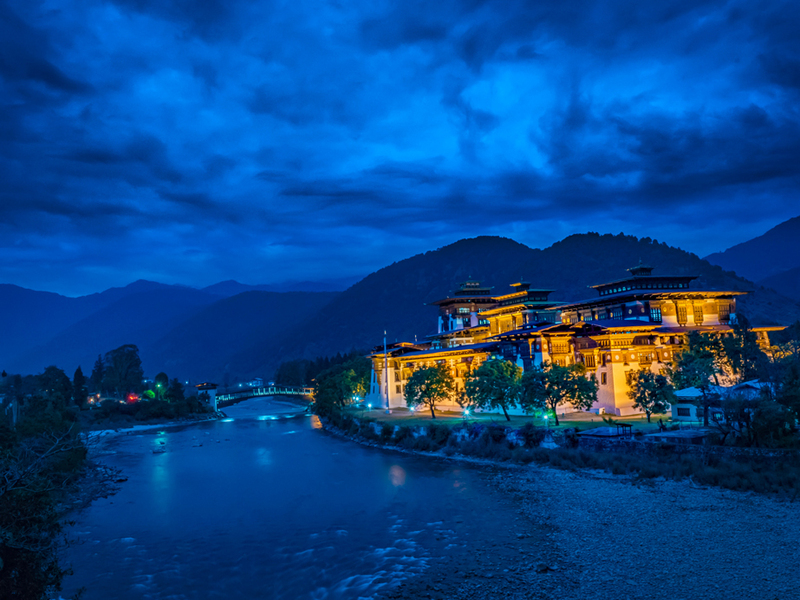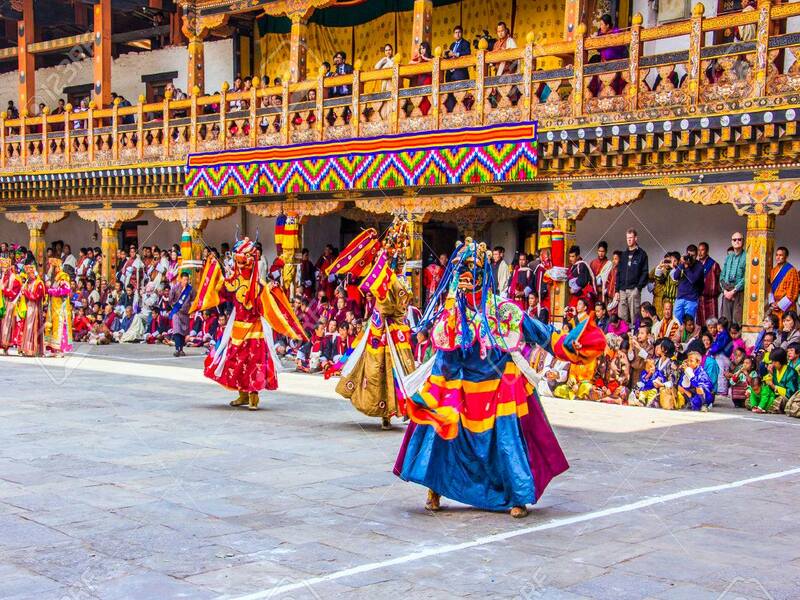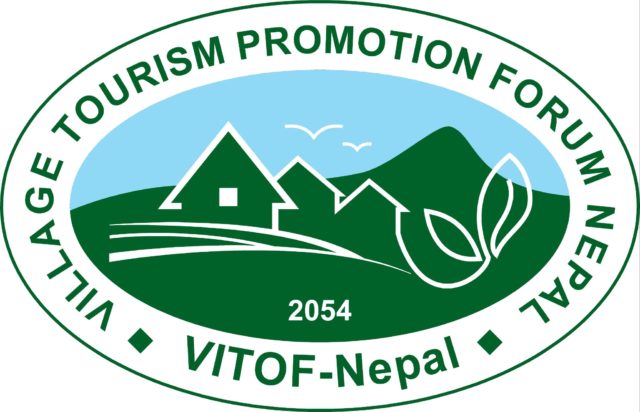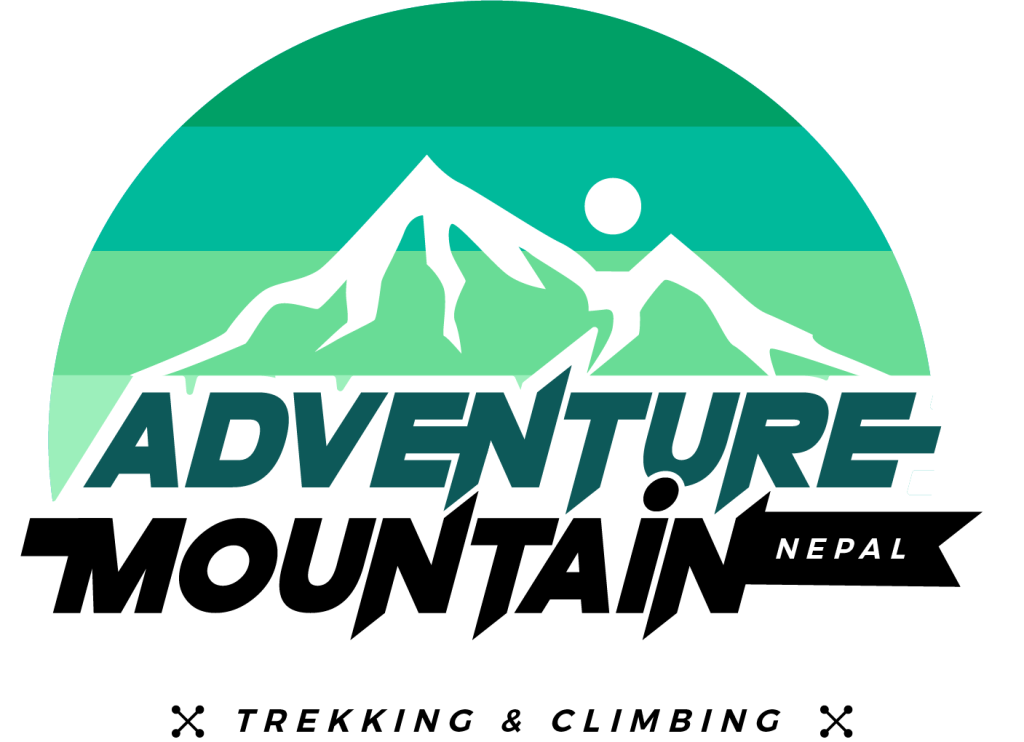Day by Day Itinerary

 Day 01:
Arrival at Paro, Sightseeing at Paro and to Thimpu for Overnight Stay.
Day 01:
Arrival at Paro, Sightseeing at Paro and to Thimpu for Overnight Stay.
Flight to Paro constitutes the most spectacular type of mountain flight across the world, where you will observe a consistent change in the panorama of a few highest mountains of the earth. Our team will receive you at the Paro International Airport and take you for the sightseeing at Paro during the afternoon time after lunch.
This will include a visit to the nearby Ta Dzong Museum that houses most of the religious relics, valuable artworks, and handicrafts to highlight a huge orientation of the religious, historic, and cultural past of the country.
In addition, we will take you to Rimpong Dzong, where you will see valuable paintings of the famous saint Milarepa, recognized as the meditation master among the people of Bhutan. Dzong refers to various large monasteries and administrative centers of the district, which were strategic forts at one time. Later on, we will take you for a drive to Thimpu, the capital city of Bhutan followed by the nearby Pachu River, and then to the nearby hotel for the overnight stay.

 Day 02: Sightseeing in Thimphu, the capital city of Bhutan.
Day 02: Sightseeing in Thimphu, the capital city of Bhutan.
Today, you will be able to enjoy sightseeing in Thimphu, the capital city of Bhutan for the entire day. Being the bustling capital of Bhutan today, it offers many attractions, along with your visit to the famous National Memorial Chorten Temple. Bhutan’s third King initiated this temple to provide protection from various negative elements present in modernization and as a historical monument to highlight peace across the world. After this, you will find a memorial Stupa dedicated to the third king by the mother of the Royal Queen.
Continuing with our sightseeing tour, we will find the Changangkha Temple of the 12th century and the well-known Drubthob Monastery that houses Zilukha Nunnery. Other than this, you will visit many other sites, which include Arts and Crafts School, the National Bhutanese Library that houses a valuable collection of Bhutanese arts and scriptures, along with the Folk Heritage Museum to view a fascinating replica of a farmhouse found during the medieval period.

 Day 03: Tour to Punakha via Dochu-La Pass (3100m).
Day 03: Tour to Punakha via Dochu-La Pass (3100m).
Today, we will drive via Dochu-La Pass at the height of 3100m to descend into the balmy valley and the ancient capital of Bhutan i.e. Punakha. During the journey, you will get incredible views of the Himalayan mountain ranges and peaks and Rhododendron forests.
Once you arrive in the city, you will be able to visit the famous Punakha Dzong, recognized as the Palace of Happiness set up under the Unifier of Bhutan. This palace is at the confluence of Pho Chu and Mo Chu, known as the Father River and the Mother River, while it constitutes Je Khenpo’s winter headquarters.
Particularly, you will be able to view the main Dzong temple in Punakha, which has three stories and highlight the traditional architecture with intricately embossed entry pillars designed via cypress and decorated in silver and gold. Later on, after having lunch, you will be able to have a walk towards the Chimi Lhakhang, recognized as the Drukpa Kuenly temple and the Divine Madman.

 Day 04: Drive to Yabesa Village to Thimphu and then to Paro.
Day 04: Drive to Yabesa Village to Thimphu and then to Paro.
During the morning time, we will go for a drive to the village of Yabesa and hike from rice fields towards the Khamsum Yueley created by the majesty queen Ashi Tshering. In addition, we will perched high over a hill and on the bank of a nearby river to find paintings of Chorten houses, which belong to the traditions followed by Nyingmapa and after a picnic lunch we will go to explore the famous Wangduephodrang Dzong. Now, we will return to Thimphu and prepare to proceed towards Paro after we visit the Semtokha Dzong and will have an overnight stay there.

 Day 05: Sightseeing at Paro.
Day 05: Sightseeing at Paro.
Today, we will go for hile to the Taktsang Monastery by following a trail of about 2 hours by reaching at about 1km above the floor of Paro valley. Particularly, you will be able to enjoy a spectacular sight by reaching at the sheer cliff face of about 900m and getting an exclusive view of Taktsang Monastery. After this, during the afternoon time, our team will take you to the Drukgyel Dzong of the 17th century, a historical monument set up by Shabdrung for commemorating his victory in opposition to Tibetans. While returning to Paro, you will find Kyichu Lhakhang, one among the 108 temples designed by Songtsen Gampo, the king of Tibet.

 Day 06:
Depart from Paro.
Day 06:
Depart from Paro.
Now, after breakfast, our team will drop you to airport for your flight to the respective destination.
Remember:
Our travel planner can customize the itinerary outline as per your duration of stay, purpose of holiday and your preference. Cost of the package also depends upon level of service (deluxe, standard & budget) and as per the group size. You can easily
CONTACT US at any time for any queries.
Additional Information
What is the best Time to Travel Bhutan ?
The most favorable time to travel Bhutan is during Autumn(September, October & November) and Spring(March, April & May). During these seasons the weather will be clear, flowers will bloom on the way, the charm of the atmosphere can be felt by the heart, you will get the chance to be involved in different festivals, hallucinating views of the Himalayas can be seen and including everything the trekking path will be easier and fun.
Is a Visa Required to trek Bhutan ?
Except the citizens of India, Bangladesh and Maldives all visitors will need a visa to visit Bhutan. Bhutan Trekking Permit is compulsory for all individual international tourists.
How long does it take to trek Bhutan Druk Yul ?
Bhutan Druk Yul trek is a journey of 8 days. This journey will start and end at Kathmandu. In between you will travel to Paro, Thimphu, Wangduephodrang and Punakha and various magnificent places . You will get a full day for sightseeing of some of the most amazing world heritage sites in Kathmandu before departure.
Why is Bhutan known as the land of Thunder Dragon ?
According to Tibetan and Bhutanese Mythology Durk means Thunder Dragon. They have acknowledged it as the Bhutanese National Symbol and included it on the national anthem, national emblem and national flag. In Dzongkha Bhutan is called Druk Yul "Kingdom of Druk" thus also known as Land of thunder Dragon.
What to wear in Bhutan ?
While on the Journey to Bhutan there are no restrictions on clothing but make sure it is comfortable and suits the environment. We recommend lightweight walking shoes, full sleeve light wool clothes, good sunglass, a hat and lastly a trekking jacket. If you are traveling Bhutan in winter we advise you to pack woolen clothes to keep yourself warm.
Note: You should try to avoid body revealing clothes as much as you can and make sure to do it while visiting cultural heritage.


















